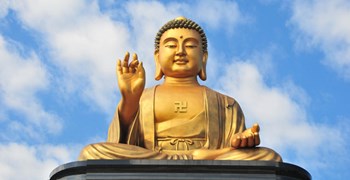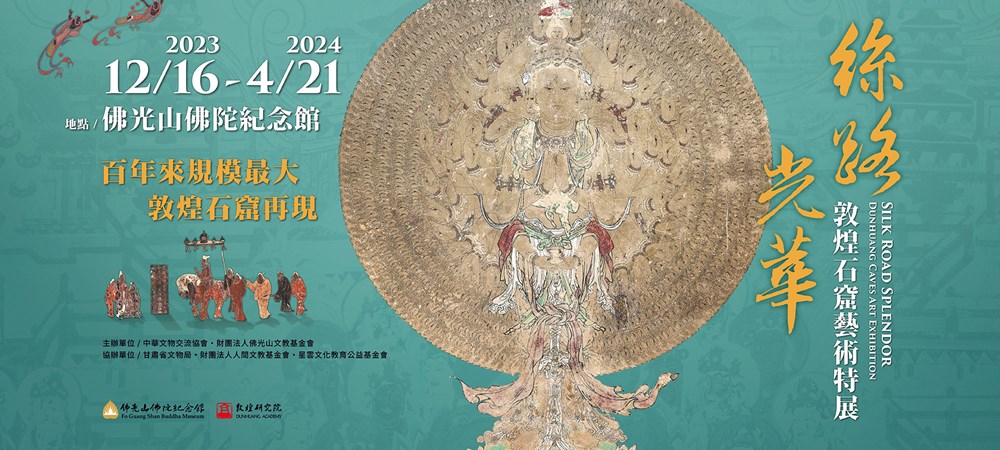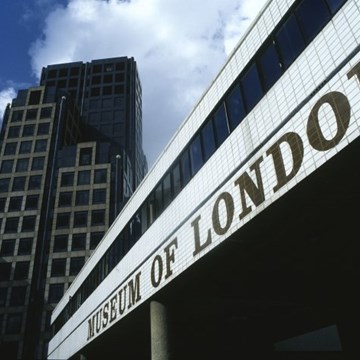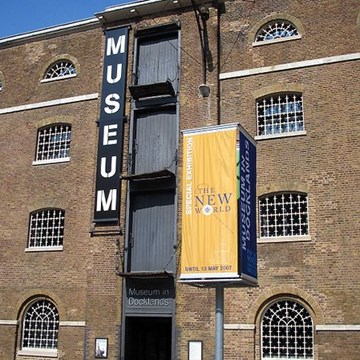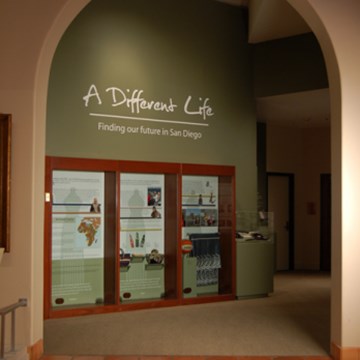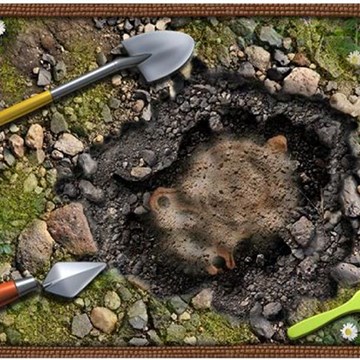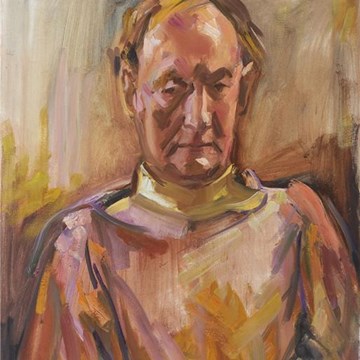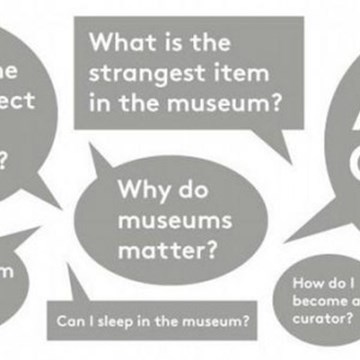Silk Road Splendor - Dunhuang Caves Art Exhibition
Dunhuang is a crucial town in the economic and cultural exchanges between China and Central Asia. During the reign of Emperor Wu of the Han dynasty (141-87 BCE), to unite Central Asia against the Xiongnu, the imperial envoy Zhang Qian was sent on two missions to devise strategies. This not only served the purpose of connecting different regions but also initiated the trade between the East and the West.
This burgeoning trade saw large quantities of Chinese silk and goods transported along this route to Central Asia, Europe, and other areas. As a result, it became known as the “Silk Road.” Located at the western doorway of the Silk Road, Dunhuang played the most important role in trading and cultural exchanges between China and the West. It is hard to overstate the importance of the Silk Road in history. Religion and ideas spread along the Silk Road just as fluidly as goods. Buddhism also gradually spread from India to China through this route. Over the centuries, Dunhuang accumulated a brilliant and splendid legacy in Buddhist art thanks to this exchange.
The Dunhuang Caves, also known as the Mogao Caves, were originally constructed approximately 1,600 years ago during the Jin dynasty (266-420). In Mogao Cave 420, there is a painting titled “Caravan in Central Asia.” This painting depicts a scene from 1,400 years ago when a caravan encountered bandits along a treacherous route but was saved by reciting the name of Avalokitesvara, the bodhisattva of great compassion. This artwork not only reflects the trade activities of that time but also signifies a turning point in the interpretation of Buddhist beliefs.
In addition to this painting, other depictions of the Universal Gateway Chapter, including those found in Caves 23, 74, 126, 205, and 217, and the famous representation of Avalokitesvara’s 33 manifestations in Cave 45, have become vital historical documents for the study of faith in Avalokitesvara at Dunhuang.
The Dunhuang Caves is a UNESCO World Heritage site. In the vast desert of Dunhuang, the footprints of many great monks, as well as the glory of countless merchants and intellectuals from the past, have long been buried beneath the rolling sands. The epic grandeur of that era is now revived in Dunhuang art. To preserve Dunhuang, many artists have replicated its treasured works, and numerous individuals consider protecting Dunhuang as their mission, passing it down from one generation to the next. Behind every Dunhuang guardian, there is always a touching story. It is because of these dedicated individuals that we have a glimpse of these historical treasures.
In this exhibition, despite numerous challenges, the Dunhuang Academy has successfully transported the three-dimensional replica of a central pillar cave, Mogao Cave 3, and Mogao Cave 45 to Taiwan. Additionally, the most complete and magnificent of its kind to survive from the Mogao Caves, known as the Homage to the Buddha, will be specially exhibited in Taiwan.
Among the remarkable artifacts is the Dunhuang Cave Manuscript, featuring the Lotus Sutra, with its first and second fascicles in their entirety. This manuscript, written on indigo paper with silver columns and gold characters, remains a method still used today. It is one of the few examples of precious manuscripts from the Dunhuang Library Cave, making it exceptionally valuable.
There are also exquisite reproductions of cave murals, featuring Jataka tales, figures, sutra illustrations, and patrons. These intricate details provide an opportunity for visitors to admire the fine artistry of Dunhuang. Moreover, the use of video technology allows viewers to virtually explore the caves, providing an immersive experience. This exhibition presents the largest and most spectacular Dunhuang exhibition in Taiwan in the past century!
*Note: Admission is free for all visitors.
Exhibitions and events
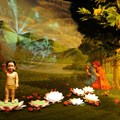
Life of the Buddha Museum
Permanent exhibitionThe Life of the Buddha Musem is situated on the first level of the Main Hall. The first attraction upon entering the exhibit is the “4D Movie Theater.” There are two movies, “Poor Girl’s Lamp” and...
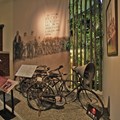
Historical Museum of Fo Guang Shan
Permanent exhibitionThe Historical Museum of Fo Guang Shan employs narrative videos and displays documents and artifacts to give a smooth and fluid presentation of the development of Venerable Master Hsing Yun’s...
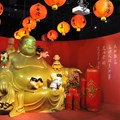
Museum of Buddhist Festivals
Permanent exhibitionThe Museum of Buddhist Festivals is where visitors can get to know more about monthly Buddhist celebrations. Visitors can walk through the year, engaging in the events through interactive means....
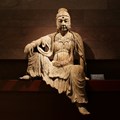
Museum of Buddhist Underground Palaces
Permanent exhibitionUnderground Palaces were specially built to store sacred objects such as relic and sutras. The Center has designed 48 underground palaces to preserve a wide variety of artifacts. A palace will be...
Activities from this museum
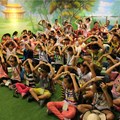
Field Trips
Since the opening, the Buddha Museum has acted under the guidance to “foster...
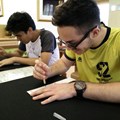
Sutra Calligraphy
Apart from Tea Chan, one can also experience Sutra Transcription on the third...
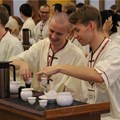
Tea Meditation
Venerable Master Hsing Yun says that tea leaves will not be able to release...
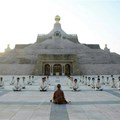
Journey of the Heart
Terms & Conditions 1.The “Journey of the Heart” retreat will be held over...
